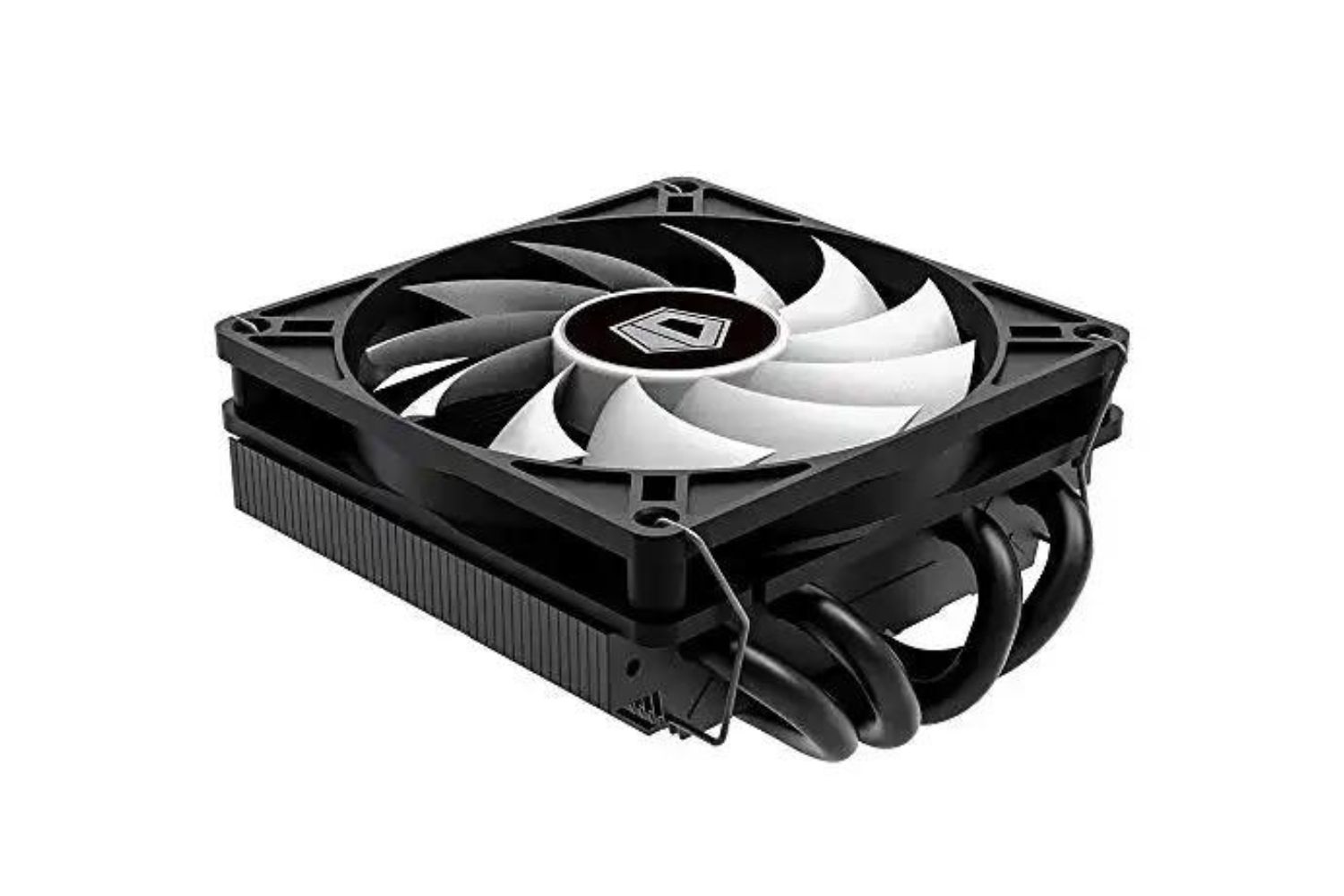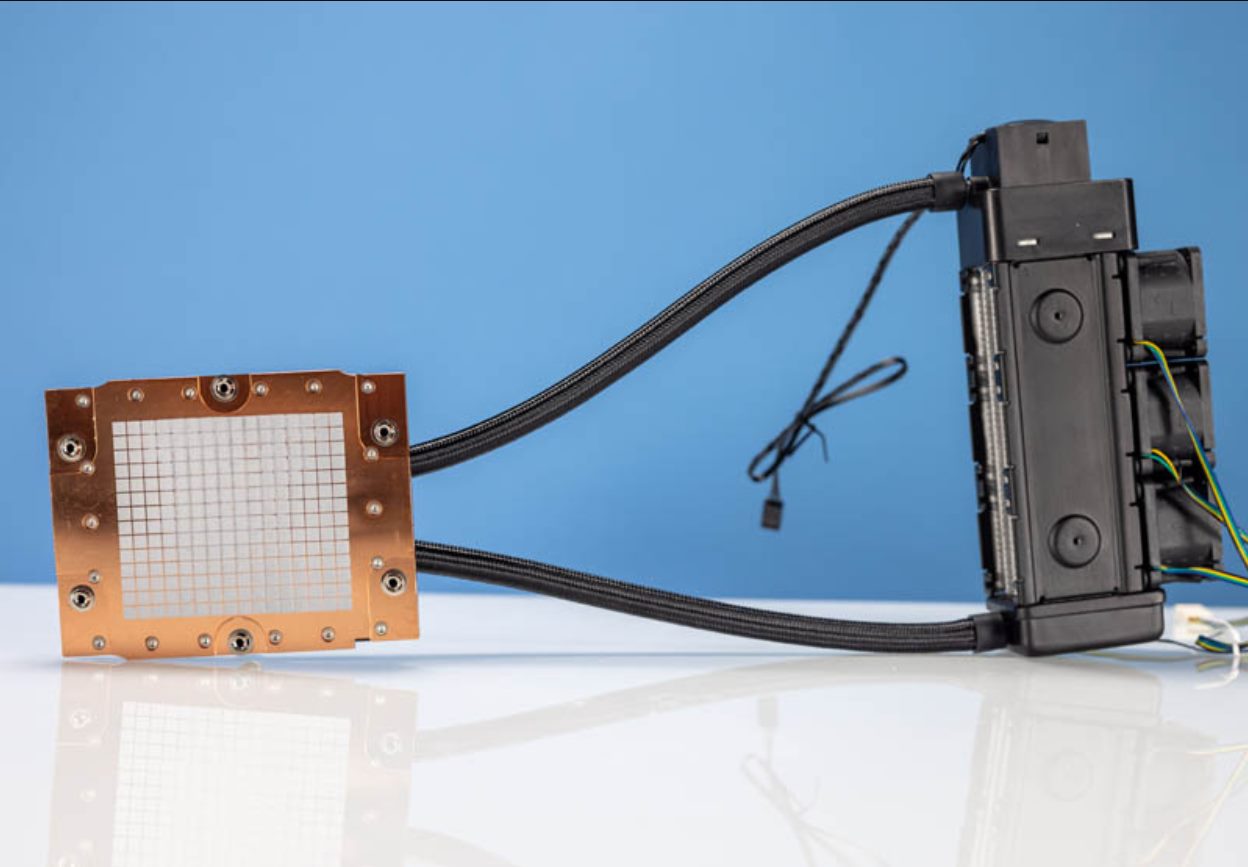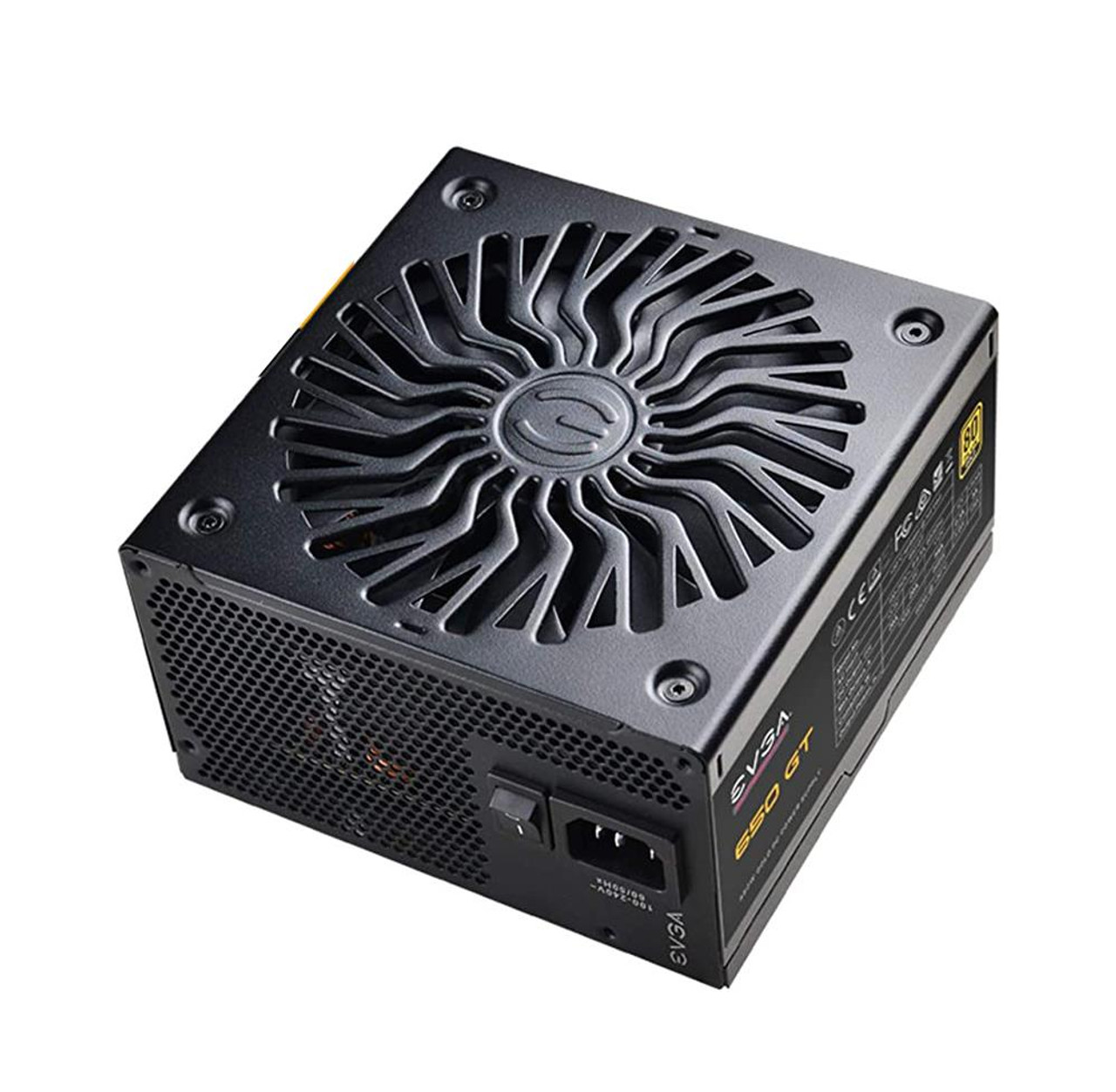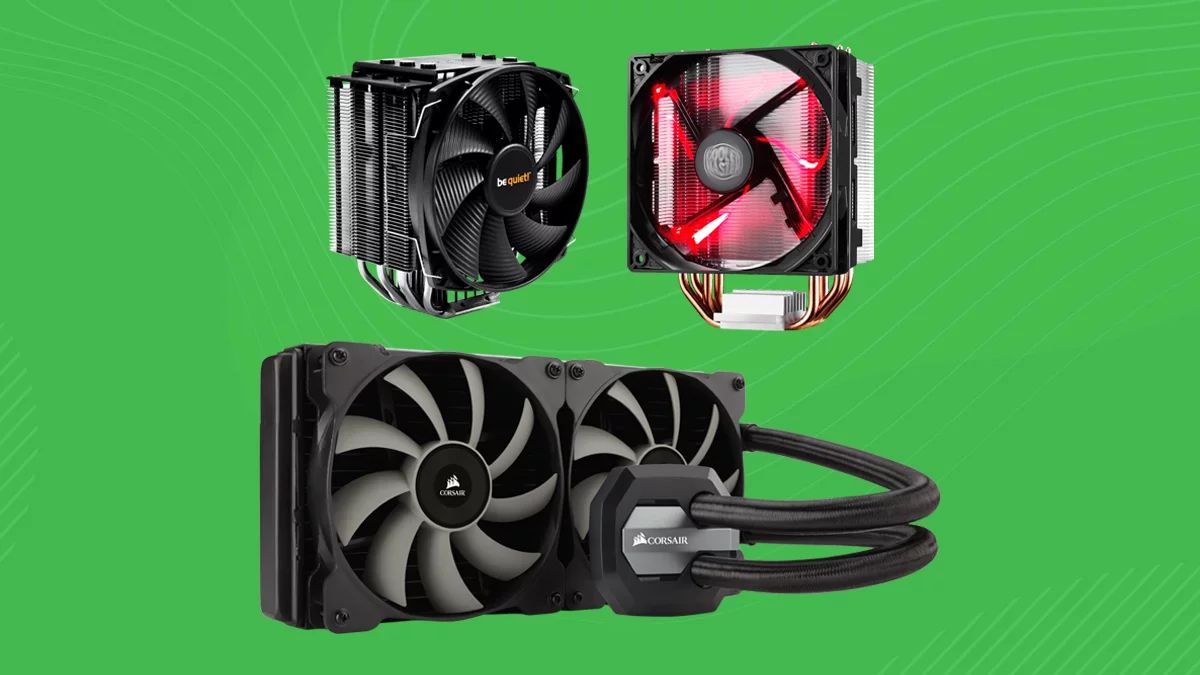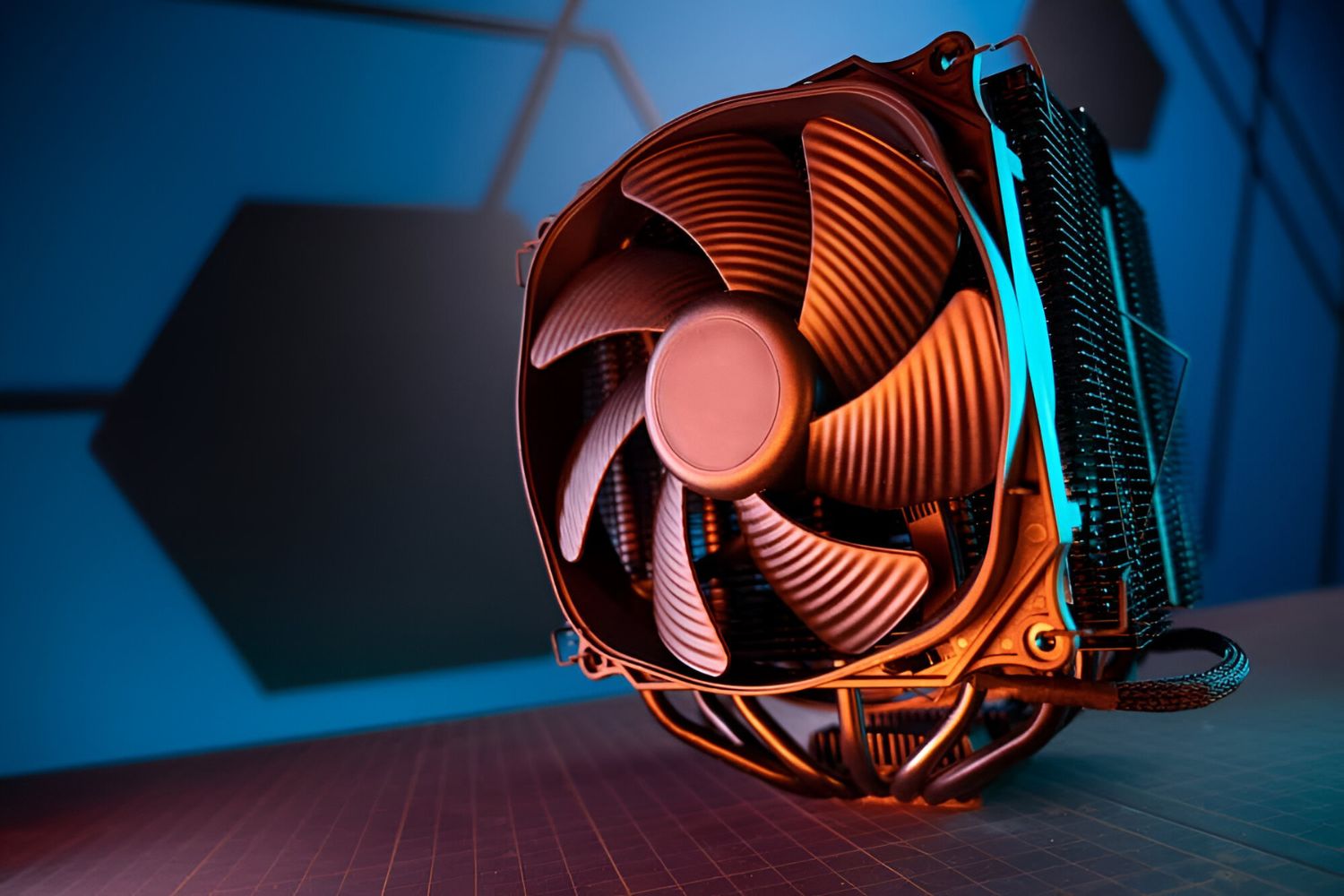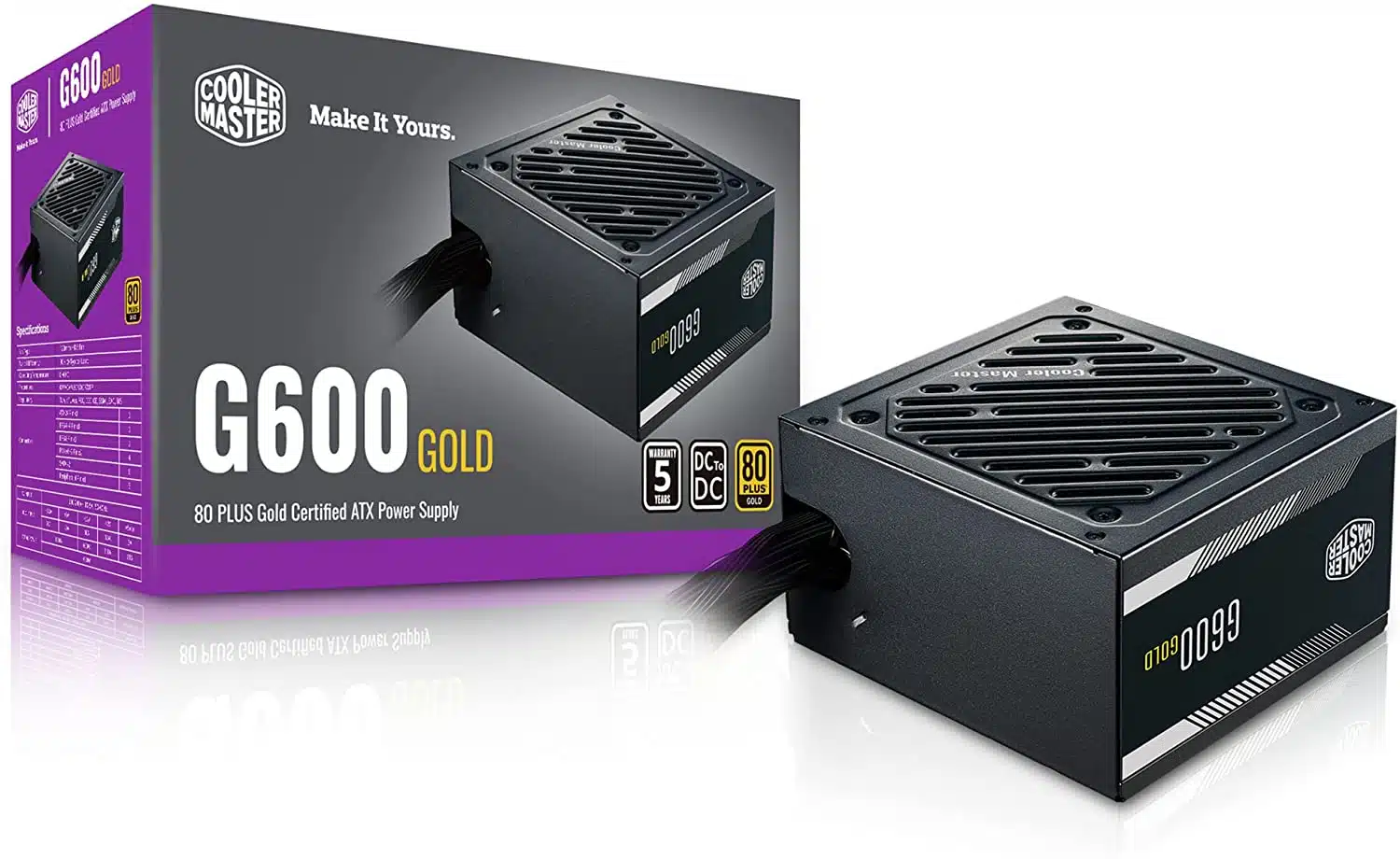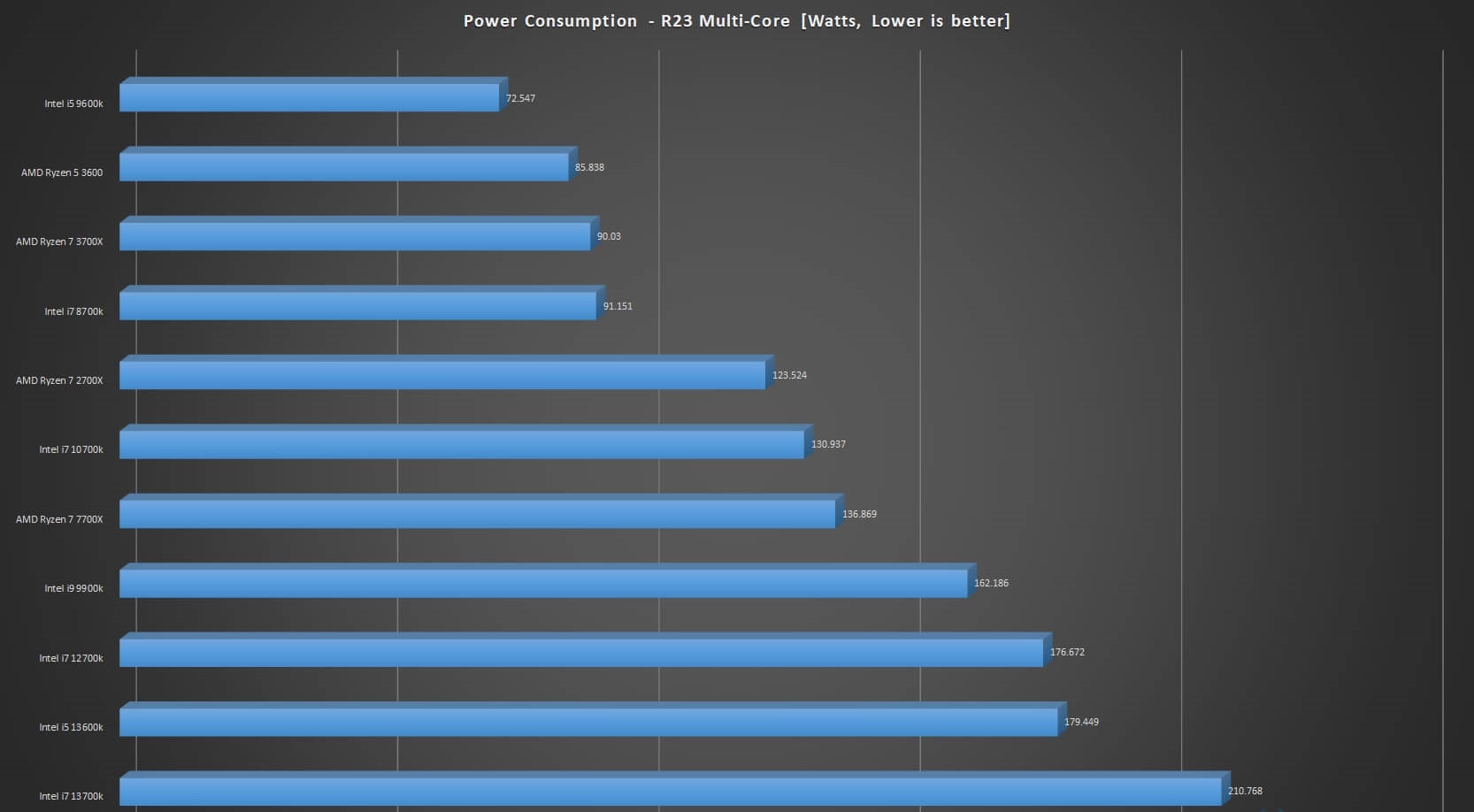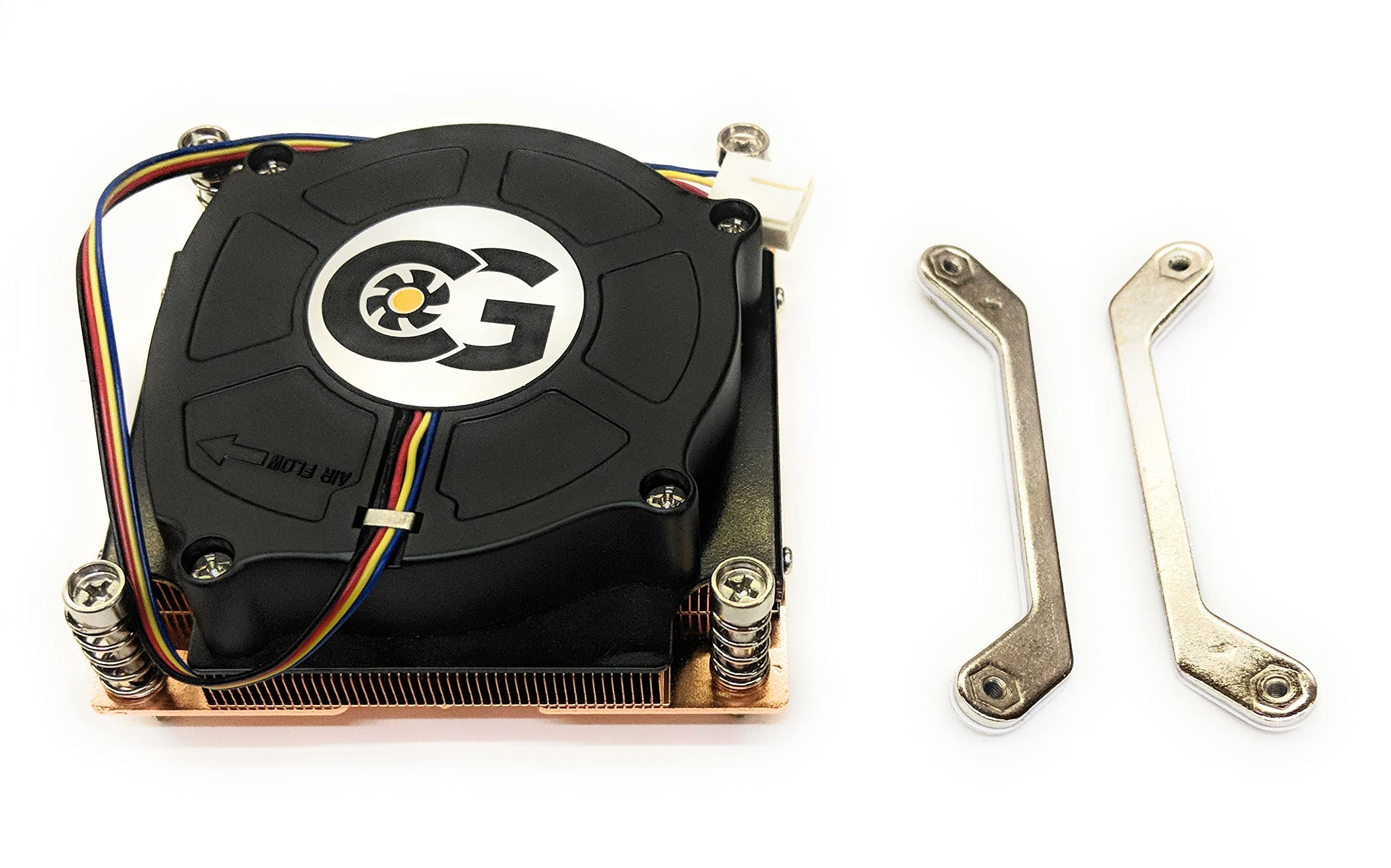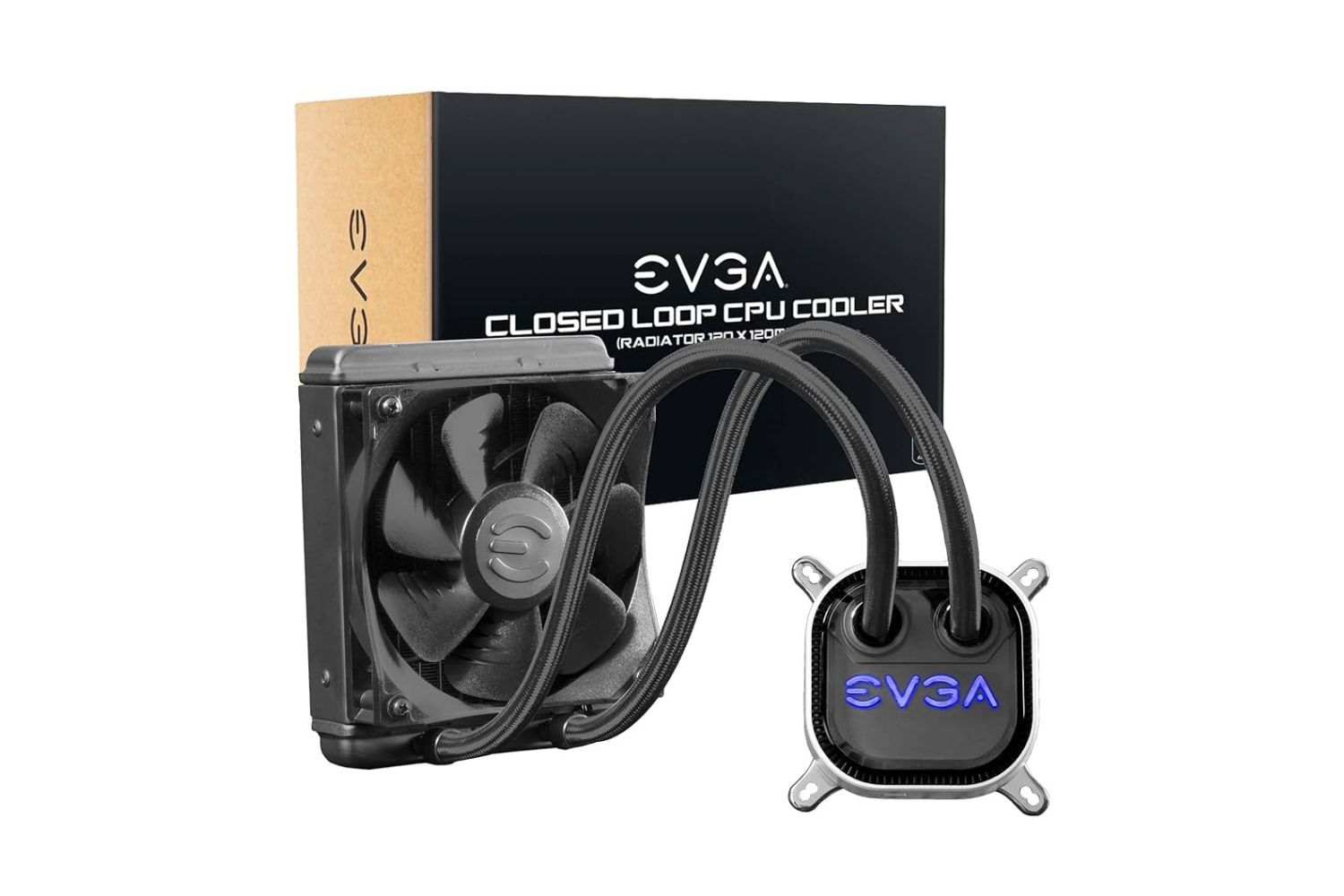Introduction
When it comes to building a powerful and efficient computer system, one crucial component that often gets overlooked is the CPU cooler. The CPU (Central Processing Unit) is the brain of the computer, and it generates a significant amount of heat while running complex tasks.
A CPU cooler is a vital accessory that helps keep the temperature of the processor within safe limits. It does this by dissipating the heat generated by the CPU and preventing it from overheating. In addition to preserving the longevity of the processor, a well-functioning CPU cooler also contributes to the system’s overall performance and reliability.
Understanding how a CPU cooler works and its power consumption is essential for every computer enthusiast and professional alike. Knowing the power usage of a CPU cooler can help you make informed decisions when it comes to selecting the right cooling solution for your system, taking into consideration factors such as energy efficiency, noise levels, and performance.
In this article, we will explore the various types of CPU coolers available, delve into their power consumption, and discuss the factors that can influence their energy usage. By the end, you will have a better understanding of CPU coolers’ power requirements and be equipped with the knowledge to choose the right cooler for your specific needs.
What is CPU cooler?
A CPU cooler is a hardware component designed to keep the processor cool and prevent it from overheating. As mentioned earlier, the CPU generates a significant amount of heat when it is running intensive tasks. If left unchecked, this heat can damage the processor and cause system instability.
The CPU cooler consists of various components, including a heatsink, a fan (or fans), and sometimes a thermal interface material (TIM) such as thermal paste. The heatsink is a metal structure with fins or ridges that increase the surface area for better heat dissipation. It is usually made of aluminum or copper, which are excellent conductors of heat.
The role of the CPU cooler is to absorb the heat from the processor and transfer it to the heatsink. The fan(s) then blows cool air over the heatsink, dissipating the heat into the surrounding environment. This continuous process helps maintain the CPU’s temperature within safe operating limits.
There are various types of CPU coolers available on the market, ranging from air coolers to liquid coolers. Air coolers use the combination of a heatsink and fans to cool the processor, while liquid coolers utilize a closed-loop system with a pump, radiator, and liquid coolant to keep the CPU temperature in check.
Having a reliable CPU cooler is crucial, especially if you engage in activities such as gaming, video editing, or other processor-intensive tasks. Without proper cooling, the CPU can quickly reach high temperatures, leading to thermal throttling, reduced performance, and even system crashes.
Overall, the CPU cooler plays a vital role in maintaining the stability and performance of your computer system. It ensures that the processor operates within safe temperature ranges, allowing you to maximize its potential without risking damage or compromising system reliability.
How does CPU cooler work?
The primary function of a CPU cooler is to dissipate the heat generated by the processor and maintain its temperature within safe operating limits. Understanding how a CPU cooler works will give you insight into its role in preventing overheating and ensuring optimal performance of the CPU.
When the CPU is running, it generates heat as a byproduct of its operations. This heat needs to be efficiently removed to prevent the processor from reaching high temperatures, which can lead to performance issues and long-term damage.
The CPU cooler achieves this by employing a combination of components, including a heatsink and a fan (or fans). The heatsink is a metal structure usually made of aluminum or copper that is mounted directly on top of the CPU. It contains numerous fins or ridges that increase its surface area, allowing for better heat dissipation.
As the CPU heats up, the thermal energy is transferred from the processor to the heatsink through a thermal interface material (TIM), such as thermal paste. This ensures optimal thermal conductivity between the CPU and the heatsink, maximizing heat transfer.
The fan(s) attached to the heatsink play a critical role in the cooling process. They blow cool air over the heatsink, facilitating the transfer of heat from the fins to the surrounding environment. The airflow generated by the fan(s) helps dissipate the heat and lower the temperature of the heatsink, cooling down the CPU in the process.
In some cases, CPU coolers may also utilize additional features to enhance cooling efficiency. This can include heat pipes, which are responsible for transporting heat away from the CPU to the heatsink more effectively, or vapor chambers, which provide improved thermal conductivity compared to traditional solid copper or aluminum.
Overall, the combination of the heatsink, fan(s), and other cooling features work together to keep the CPU temperature under control. By efficiently dissipating the heat generated by the processor, the CPU cooler helps maintain stability, performance, and longevity of the CPU.
Power consumption of CPU coolers
When considering the power consumption of a CPU cooler, it’s important to evaluate both the fan(s) and any accompanying components that may be part of the cooling system. The power consumption of a CPU cooler can vary depending on its design, size, and operating specifications.
The primary power draw in a CPU cooler comes from the fan(s). The fan(s) generate airflow over the heatsink, helping dissipate the heat generated by the CPU. The power consumed by the fan(s) is typically measured in watts (W).
The power consumption of CPU fans can range anywhere from a few watts to around 10-12 watts, depending on the fan’s size, speed, and the cooling requirements of the CPU. Smaller fans generally consume less power, while larger fans may require more power to operate at higher speeds and move larger volumes of air.
It’s worth noting that many modern CPU coolers come with smart or adjustable fan speed controls. These controls allow users to customize the cooling performance of the CPU cooler while also affecting the power consumption. By adjusting the fan speed, you can strike a balance between cooling efficiency and noise level, optimizing the power usage based on your specific needs.
In addition to the fans, some CPU coolers may have other power-consuming components. For example, liquid coolers often include a pump to circulate the coolant. The power consumption of the pump can vary but typically falls within a range of 3-6 watts. The pump’s power consumption is relatively low compared to the overall power draw of the CPU cooler.
Overall, the power consumption of a CPU cooler, including the fan(s) and any additional components, is relatively modest compared to other components in a computer system. However, it’s important to consider the cumulative power consumption of all components in your system to ensure that your power supply can handle the load efficiently.
By evaluating the power requirements of your CPU cooler, you can make informed decisions when selecting cooling solutions for your computer system. Taking into account factors such as cooling efficiency, noise levels, and power consumption, you can choose a CPU cooler that not only keeps your processor cool but also aligns with your energy efficiency goals.
Types of CPU coolers and their power consumption
There are several types of CPU coolers available on the market, each with its unique design and cooling mechanism. The power consumption of these CPU coolers can vary based on their type, size, and specifications. Let’s explore some of the common types of CPU coolers along with their power consumption characteristics.
- Air coolers: Air coolers are the most common and widely used CPU cooling solution. They consist of a heatsink with fins and one or more fans to dissipate heat. The power consumption of air coolers typically ranges from 1 to 5 watts for the fans. Larger air coolers may have multiple fans and may consume higher power due to their increased cooling capacity.
- Liquid coolers: Liquid coolers use a closed-loop system to transfer heat away from the CPU. They include a pump, radiator, liquid coolant, and often a fan to cool the liquid as it flows through the system. The power consumption of liquid coolers can vary depending on the size of the radiator, pump efficiency, and fan(s) used. Typically, the pump consumes around 3-6 watts, while the fan(s) may range from 1 to 5 watts each.
- All-in-one (AIO) liquid coolers: AIO liquid coolers are pre-built and self-contained units that come with integrated pumps, radiators, and fans. They offer the benefits of liquid cooling while being easier to install compared to custom liquid cooling setups. The power consumption of AIO liquid coolers is similar to traditional liquid coolers, with the pump accounting for around 3-6 watts and the fans typically consuming 1 to 5 watts each.
- Passive coolers: Passive coolers are fanless CPU cooling solutions that rely on heatsinks and natural convection to dissipate heat. Since they don’t require fans, their power consumption is zero, making them completely silent. Passive coolers are suitable for low-power CPUs and systems with low heat output.
- Low-profile coolers: Low-profile coolers are designed to fit in compact cases with limited vertical space. They often feature smaller heatsinks and fans to provide adequate cooling while maintaining a low profile. The power consumption of low-profile coolers can vary but is generally within the range of 1 to 3 watts for the fan.
It’s important to note that the power consumption mentioned above is approximate and can vary depending on the specific model and brand of the CPU cooler. Additionally, power consumption may also be influenced by factors such as fan speed settings and system load.
When selecting a CPU cooler, it’s essential to consider not only its power consumption but also its cooling performance, compatibility with your CPU socket, case dimensions, and noise levels. By choosing a CPU cooler that meets your requirements in terms of power consumption and cooling performance, you can ensure optimal temperature management for your processor while maintaining energy efficiency.
Factors affecting power consumption of CPU coolers
The power consumption of a CPU cooler can be influenced by several factors, which can vary depending on the specific type and design of the cooler. Understanding these factors will help you make informed decisions about power-efficient cooling solutions for your computer system. Let’s explore some of the key factors that can affect the power consumption of CPU coolers:
- Fan size and speed: The size and speed of the fan(s) in a CPU cooler can have a direct impact on power consumption. Larger fans generally consume more power compared to smaller ones. Similarly, higher fan speeds require more power to achieve increased airflow and cooling performance.
- Cooling performance: CPU coolers with higher cooling capabilities may require more power to effectively dissipate the heat generated by the processor. Coolers designed for overclocking or high-performance systems may have more powerful fans or additional fans to ensure adequate cooling, resulting in higher power consumption.
- Cooler design: The design and construction of the CPU cooler can also influence its power consumption. Coolers with more advanced features, such as heat pipes or vapor chambers, may consume more power due to the additional components and technologies used in their construction.
- Thermal design power (TDP) of the CPU: The TDP rating of the CPU, which indicates the maximum amount of heat it can generate, can indirectly impact the power consumption of the CPU cooler. CPUs with higher TDPs may require more robust cooling solutions, potentially leading to higher power consumption by the cooler.
- Fan control settings: Some CPU coolers offer fan speed control options, allowing users to adjust the fan(s) speed based on their cooling needs. By reducing the fan speed, you can lower power consumption while potentially sacrificing some cooling performance. Conversely, running fans at higher speeds will consume more power but provide better cooling efficiency.
- System load and ambient temperature: The power consumption of CPU coolers can also be affected by the system load and ambient temperature. Higher system loads, such as running demanding applications or gaming, may require the cooler to operate at higher fan speeds, resulting in increased power consumption. Additionally, if the ambient temperature is high, the cooler may need to work harder to maintain optimal CPU temperatures, leading to higher power usage.
- Efficiency of the cooler components: The efficiency of the fans, pumps (in liquid coolers), and other components in the CPU cooler can impact power consumption. Coolers with more efficient components require less power to achieve the same cooling performance levels as less efficient ones.
It’s important to note that power consumption alone should not be the sole determining factor when choosing a CPU cooler. The cooling performance, compatibility, noise levels, and overall quality of the cooler should also be taken into consideration. By evaluating all these factors together, you can select a CPU cooler that strikes the right balance between power consumption and cooling effectiveness for your specific needs.
Choosing the right CPU cooler for your system
When it comes to selecting a CPU cooler for your system, there are several factors to consider beyond just power consumption. Choosing the right CPU cooler is crucial to ensure optimal cooling performance, compatibility, and overall system reliability. Here are some key considerations to help you make an informed decision:
- CPU compatibility: Ensure that the CPU cooler you choose is compatible with your processor’s socket type. Different CPUs require specific mounting mechanisms, so it’s essential to check the compatibility before making a purchase.
- Cooling requirements: Assess the cooling requirements of your system. If you have a power-hungry CPU or engage in heavy tasks like gaming or video editing, you will likely need a cooler with a higher cooling capacity.
- Form factor and clearance: Consider the form factor and dimensions of your system’s case. Ensure that the CPU cooler you choose fits within the available space and does not obstruct other components, such as RAM modules or PCIe slots.
- Noise levels: Evaluate the noise levels of the CPU cooler. Some coolers come with low-noise or silent operation options, allowing you to strike a balance between cooling performance and noise reduction.
- Power consumption: Take into account the power consumption of the CPU cooler, especially if you have specific energy efficiency goals or limited power supply capabilities. Consider the power draw of the fan(s) and any additional components.
- Cooling mechanism: Decide on the type of CPU cooler that best suits your needs. Air coolers are generally more affordable and easier to install, while liquid coolers offer exceptional cooling performance, especially for highly overclocked CPUs or enthusiast-grade systems.
- Budget: Determine your budget for a CPU cooler. There are options available at various price points, so it’s important to find a balance between performance, features, and cost.
- Reviews and recommendations: Read reviews and seek recommendations from trusted sources to gather insights into the performance, reliability, and user experience of different CPU coolers. Hearing from fellow users can provide valuable information.
By considering these factors, you can narrow down your options and choose a CPU cooler that best meets your requirements. Remember to strike a balance between power efficiency, cooling performance, compatibility, and noise levels for an optimal cooling solution for your system.
Conclusion
A CPU cooler is a vital component in any computer system, responsible for keeping the processor cool and preventing overheating. It works by dissipating the heat generated by the CPU through a combination of components such as a heatsink and fan(s). Understanding the power consumption of a CPU cooler is crucial when selecting the right cooler for your system.
The power consumption of a CPU cooler can vary depending on factors such as fan size, speed, cooling performance, and the type of cooler. Air coolers, liquid coolers, AIO liquid coolers, passive coolers, and low-profile coolers all have different power consumption characteristics. Additionally, factors like fan control settings, system load, and ambient temperature can also affect power draw.
When choosing a CPU cooler, it’s important to consider not only its power consumption but also factors like CPU compatibility, cooling requirements, form factor and clearance, noise levels, and budget. You want to ensure that the CPU cooler provides efficient cooling performance while being compatible with your system and aligning with your energy efficiency goals.
By evaluating these factors and conducting thorough research through reviews and recommendations, you can make an informed decision about the right CPU cooler for your specific needs. Striking the balance between cooling performance, power consumption, compatibility, and budget will help maintain optimal temperature management for your CPU and enhance the overall performance and longevity of your computer system.
Next time you embark on building or upgrading your computer system, don’t forget to give due consideration to the importance of a reliable and efficient CPU cooler. Your processor will thank you for the cooling it deserves!







